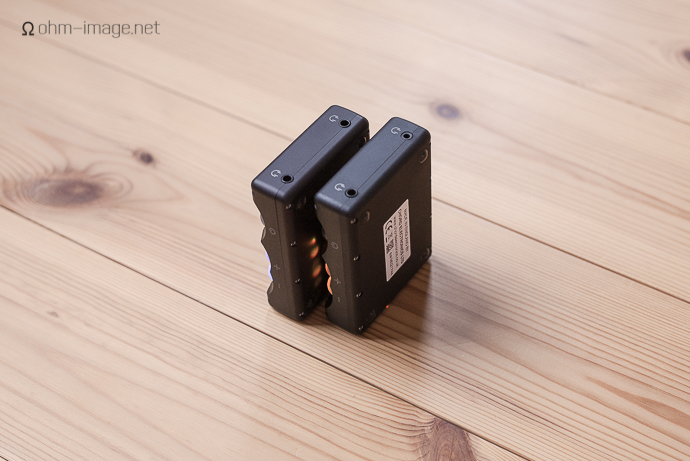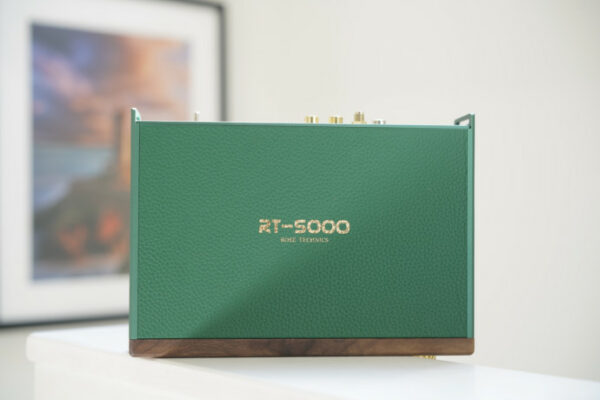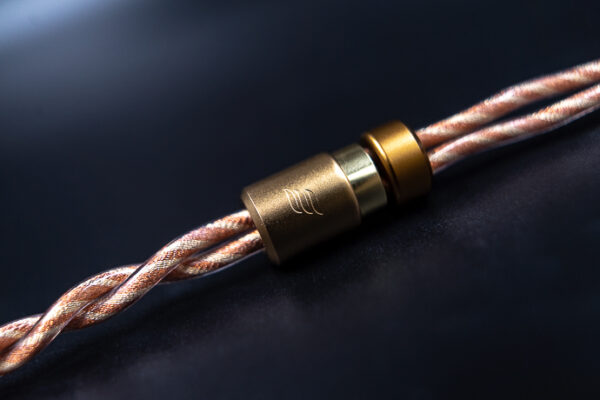Disclaimer: Ryuzoh lent me his balanced-modded Mojo mod for two weeks. Its most basic modification, the addition of a balanced output, goes for 45.000¥; the full Monty, including internal transformer, goes for 74.000¥. Ryuzoh’s webpage is here: http://info.m-s-tech.jp. This is his Twitter handle: @ryuzoh_dx0xb. This is his email: [email protected]. He speaks great English, so hit him up (and maybe even mention old Nathan sent you).
Disclaimer II: Ryuzoh has offered to balanced mod my Mojo, for a small discount.
Relevant links:
ohm image: Mojo-Kai RMAA 24-44
ohm image: Mojo RMAA 24-44
ohm image: AK380 RMAA 24-44
ohm image: DP-X1 RMAA 24-44
Headfonia: iPhone 4s, Plenue D, AK Jr matched @iP4s VOL8
Headfonia: Ultrasone IQ
Headfonia: FitEar MH335DW
Headfonia: Chord Mojo – the chosen one
Not sound
Talk about a bullet proof design. If pressed, Mojo outputs surpass 120dB SNR and DR – and that through my amateur testing setup. It handles load extremely well. And base noise, while higher than a good smartphone – and certainly than expensive DAPs – is low.
By the way, I really recommend reading my review of Chord’s Mojo before you bother with this essay.

Mojo’s volume control is precise (if agonisingly slow) and it spits out a lot of voltage. It hooks up to Android, iOS, PCs, Macs, Hifi systems, and more.
But what’s with that second output? Does anyone use theirs? And, if they do, how often do they use it? And for what reason? What can be done with it?
Ryuzoh asked the same questions. But, being a modder of high-end portable devices, he asked it with a drill in his hand and Ω on his brain. The outcome is part of the subject of this essay: Mojo-Kai.
Cosmetically, Mojo-Kai’s base upgrade replaces the redundant 3,5mm jack with a 2,5 Astell&Kern-compatible one. You can also ask Ryuzoh to add in a coupled transformer to the SPDIF input for lessened RF interference. And, you can get him to smooth Mojo’s balls. Like a circumcision, the latter is purely cosmetic.
I’ve had Kai in office for a little over a week. I’ve tested, re-tested, pitted, stacked, listened, patted, and fondled it every day for hours.
It is a good mod. But its market is pretty specific. That market needs – or wants – of balanced output. And, they don’t use external amps. While I’m not part of that market, it is a valid market segment. Unfortunately, balanced portable audio is a mess. There are some great battery-powered balanced amps out there, but in general, they are fed poorly by portable sources.
Of the DAPs I’ve tested, the best unloaded balanced signal I have tested comes from Onkyo’s DP-X1. The AK380, while spitting great sound from its 3,5mm, throws an unenvious boner into its balanced out. Loaded, both outputs ramp up on all the bad stuff; in particular, loading the AK380’s balanced output reveals the most ridiculous ramping up of distortion I have seen, bar none. At least with the DP-X1 you can offload the weight of an earphone or headphone to an external amp. Of course, few to no external amps can keep up with the DP-X1’s incredible unloaded balanced signal. To be honest, neither can Mojo-Kai. The DP-X1 exhibits playback problems typical to non-iDevices: ID3tag misreads, gapless errors, slow response, poor battery life, and more.
Sound, measurements, and more after the jump:








Barun C
An of the ball article, very enjoyable indeed Nathan. I myself am skeptical about balanced DAPs. Last month I tried the AK 240, and I have to say the balanced mode didn’t impress me that much. I was using the JH Audio Angie’s and the only difference I found was in the increase overall volume levels with a touch of clarity in the sound stage and thats it.
Through balanced headphone output of amps like EF6 (Desktop) and iBasso Pelican 2 (Portable), the balanced made some sort os sense to me as the headphones being put were inefficient & power hungry. For IEM’s I really don’t get the point still. The most power hungry IEM I have is the Ocharaku Nami and they really benefit from amplification, although they are not available in balanced version.
ohm image
Balanced DAPs are as of today, worthless in their promise to deliver balanced audio – at least as it pertains to the benefits of balanced signals: lower noise, higher dynamic range, etc., from a device with the same power spec.
DP-X1 can’t properly drive an earphone, and the AK380 is disgusting. The Opus#1 is not terribly high quality. This mod delivers all that a balanced signal is capable of and does it to the hardest current-to-voltage devices around: balanced armature earphones.
I’m not one to get into balanced audio, but this mod is very good.
Chris
Balanced design puts a lot of stress on the engineering and manufacturing end. I don’t think under this economy they will be able to make it work well as an entire product. My UD-503 does the amp well but the dac part has a LOT of glitches.
Barun C
Seems so. I wonder what Chord will do with the announced add on modules to the Mojo, increase battery life and power may be.
Newbie
Curious if anyone has used this with poly.
rob l
To me, the blame goes squarely onto the 2.5 balanced output standard. It sucks.
I had the AK240 paired with Noble Encore using the 2.5 balanced and went back to 3.5 unbalanced because it sounded better in every way, especially in the bass impact department.
However, once you 4.4mm – you will not go back. This is better in every way v 2.5, without loosing impact, and improving pretty much everywhere else in the spectrum. I have the Mojo and i use it with the Meze Classic 99 and it’s awesome, but i would never chance potentially creating other issues with my perfect Mojo in pursuit of what i feel is really, a downgrade.
Personally if you going for balanced and you haven’t heard 4.4 standard, you owe to your self to check it out before spending on any balanced standard at all.
ohm image
There’s nothing wrong with the 2,5mm standard apart from longevity. It has no more or less objective problems or superlatives regarding measurable sound quality than 4,4. It is however far more prone to breakage and shorting. 4,4 is far sturdier.